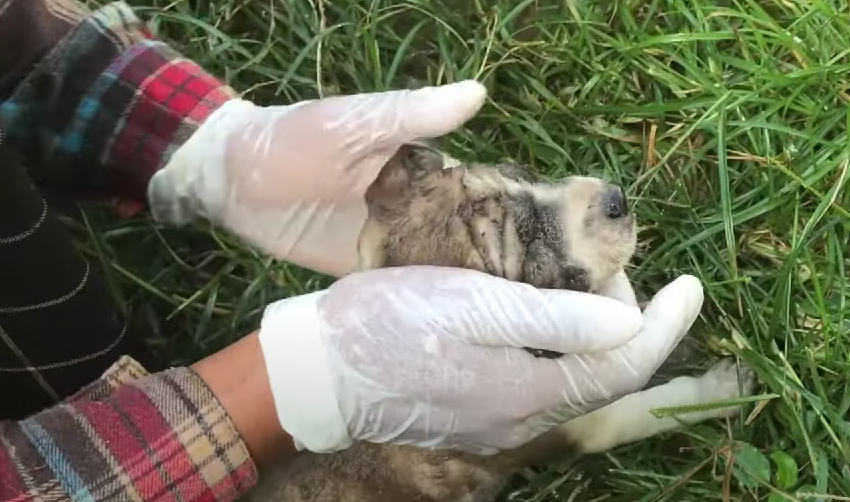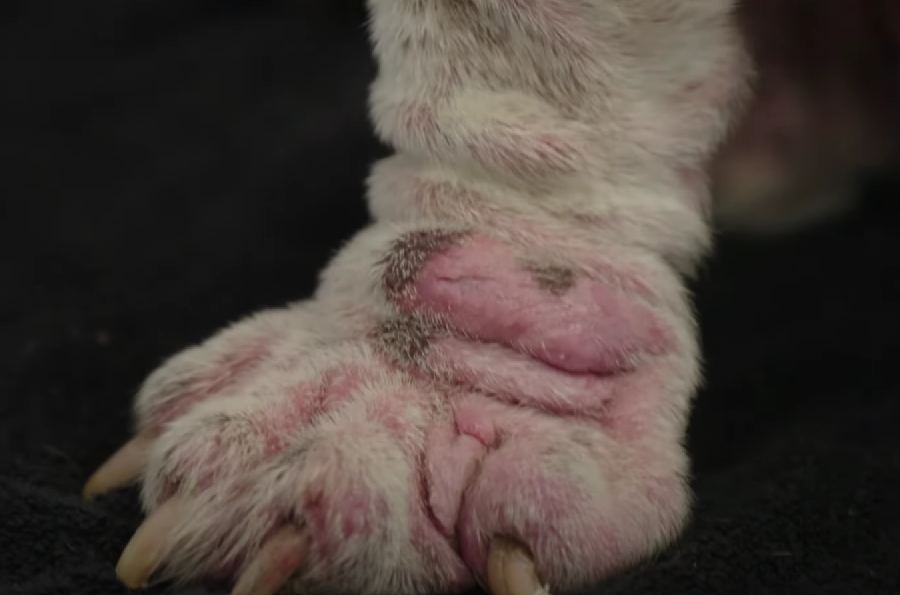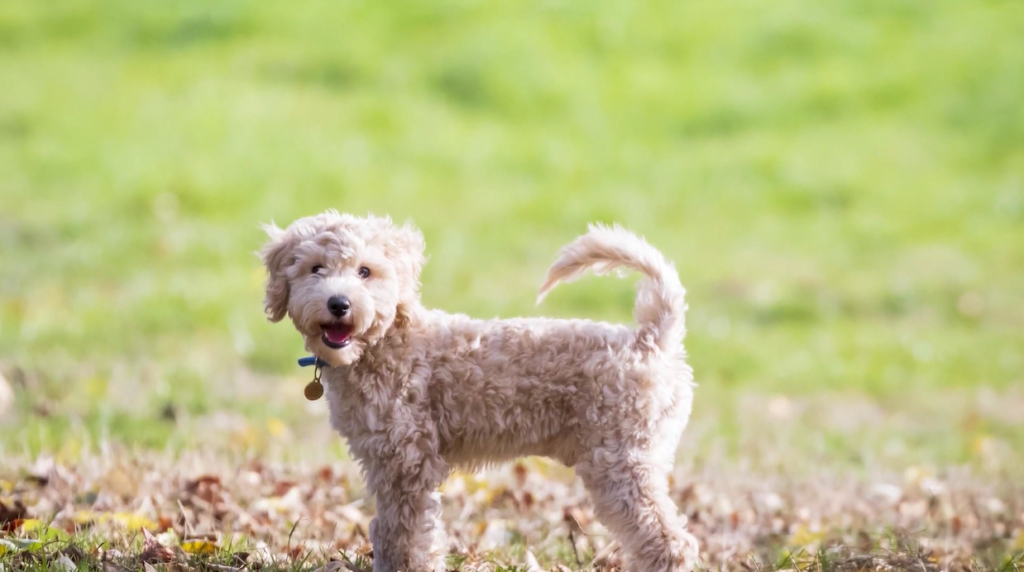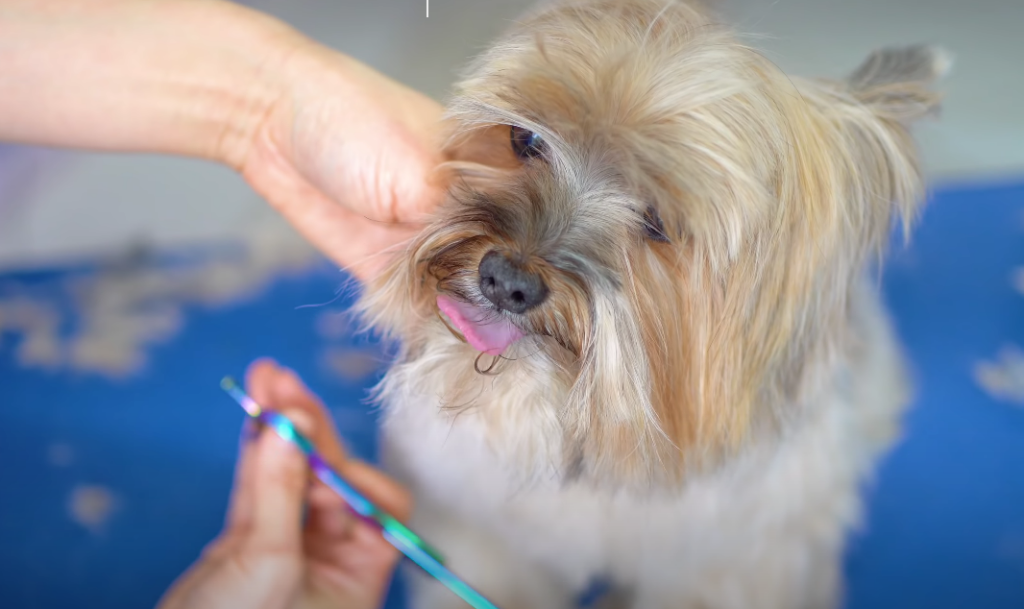It’s important to recognize that while dogs bring joy and companionship to our lives, they can sometimes unwittingly bring along some uninvited guests – pests.
These pests not only cause discomfort to your furry friend but can also affect your living environment.
Understanding the most common types of pests associated with dogs and how to effectively manage them is crucial for any dog owner.
Understanding Your Dog's Role in Attracting Pests
Dogs are naturally curious and adventurous creatures, often seen as the perfect exploratory companions. Their inherent desire to explore various environments exposes them to areas where pests are prevalent.
The great outdoors, including backyard spaces and public parks, can be thriving grounds for various pests. These environments, rich in tall grasses and dense woods, often harbor pests that can easily latch onto your dog.

Common Activities Leading to Pest Exposure
Your dog’s daily activities can inadvertently expose them to pests. Common activities include playing in grassy or wooded areas, which are often infested with pests like ticks and fleas. Interacting with other animals can also increase the risk of pest transmission.
Additionally, dogs love exploring underbrush and dense vegetation, which are typical habitats for pests.
Common Pests Associated with Dogs
Fleas
Fleas are a major concern for dog owners. These small but troublesome pests are known for their ability to jump long distances and feed on your dog’s blood, causing discomfort and potential allergic reactions.
An infestation is not just limited to your pet; it can spread to your home environment as well, making swift and effective treatment essential.
Preventing and Treating Flea Infestations
Effective management of flea infestations includes regular flea treatments and preventatives. This is complemented by maintaining cleanliness in your home and your dog’s living spaces. Consulting with a veterinarian can provide tailored solutions for flea control.

Ticks
Ticks pose a significant health risk to dogs, with the capacity to transmit diseases such as Lyme disease. These pests are particularly prevalent in wooded or grassy areas, where they wait to attach to a passing host.
Preventing and Treating Tick Infestations
Prevention of tick infestations involves routinely checking your dog for ticks, particularly after they’ve been in areas prone to these pests. Employing tick preventatives and maintaining a well-groomed yard can also significantly reduce the risk.
Mites
Mites are another common pest that can affect dogs. These tiny creatures can cause a range of skin conditions, including mange, leading to irritation and hair loss.
Preventing and Treating Mite Infestations
Regular grooming and skin checks can help in early detection and treatment of mites. Keeping your dog’s bedding and living areas clean is also crucial in preventing mite infestations. In cases of severe infestation, veterinary intervention may be necessary.

Mosquitoes
While mosquitoes are less commonly thought of in relation to dogs, they can be a source of irritation and, in some cases, transmit diseases like heartworm.
Preventing and Treating Mosquito-Related Issues
To protect your dog from mosquitoes and the diseases they carry, use heartworm preventatives as recommended by your vet.
Additionally, reducing standing water in your yard and using pet-safe mosquito repellents can help keep these pests at bay.

Managing Pest Issues in Your Home
Maintaining a clean and pest-free environment is essential for the health and comfort of both you and your dog. Regular cleaning routines, such as vacuuming and dusting, play a crucial role in removing potential pest habitats and preventing infestations.
Washing your dog’s bedding, toys, and other accessories regularly helps eliminate any pests that might have hitched a ride indoors. Additionally, keeping food and waste contained and properly disposing of trash can deter pests from settling in your home.
DIY Pest Control Measures
- Regular Cleaning and Vacuuming: Regularly cleaning your home, especially areas where your dog spends most of its time, can greatly reduce the presence of pests.
- Pet-Safe Pest Control Products: There are various pet-safe products available that can help control pests without harming your dog. Always read labels carefully to ensure safety.
- Maintaining a Tidy Yard and Outdoor Area: Keep your yard and outdoor areas clean. Remove any standing water to prevent mosquito breeding and keep grass trimmed to reduce tick habitats.

When to Seek Professional Help
Handling a pest infestation can be challenging, and there are times when DIY methods are not enough. This is when professional pest control services become invaluable. They are equipped with the knowledge and tools to effectively tackle severe infestations while keeping your pet’s safety in mind.
Benefits of Professional Pest Control
- Expert Identification and Treatment: Professionals can accurately identify the type of pest and the extent of the infestation, providing targeted treatments.
- Safe and Effective Methods: They use methods and products that are safe for pets while effectively eliminating pests.
- Long-Term Solutions and Preventative Strategies: Professional pest control isn't just about dealing with the current problem; it's about preventing future infestations.
Ensuring Your Dog's Health and Happiness
Regular Veterinary Check-ups
Regular visits to the veterinarian are key to maintaining your dog’s health. These check-ups allow for early detection of any pest-related issues and can help in providing timely treatments.
Veterinarians can also recommend effective flea and tick preventatives tailored to your dog’s specific needs and lifestyle.

The Role of Grooming
- Routine Brushing and Bathing: Regular grooming sessions help in early detection of pests like fleas and ticks. Bathing your dog with appropriate shampoos can also help in removing pests and their eggs.
- Checking for Signs of Pests During Grooming: Grooming gives you an opportunity to check for any unusual signs such as bumps, redness, or excessive scratching, which could indicate pest infestations.
- Keeping Nails Trimmed and Ears Clean: Using nail clippers can prevent secondary infections that can arise from scratching due to pest bites.
Managing pest issues in homes with dogs requires a combination of regular cleaning, vigilant grooming, and sometimes the intervention of professional pest control services. By taking these proactive steps, dog owners can ensure a safe and comfortable living environment for their pets and themselves.
Takeaway
The journey of dog ownership, while filled with joy and companionship, also comes with the responsibility of managing potential pest-related challenges.
Understanding the types of pests associated with dogs, and implementing effective strategies to prevent and treat infestations, are key to maintaining a healthy environment for both your pet and your household.
Regular grooming, cleanliness, and veterinary care, combined with professional pest control services when needed, play a vital role in this process.
By staying proactive and informed, you can ensure that your home remains a safe and happy sanctuary for you and your beloved canine friend. The wellbeing of your dog is intricately linked to the health and happiness of your home.
